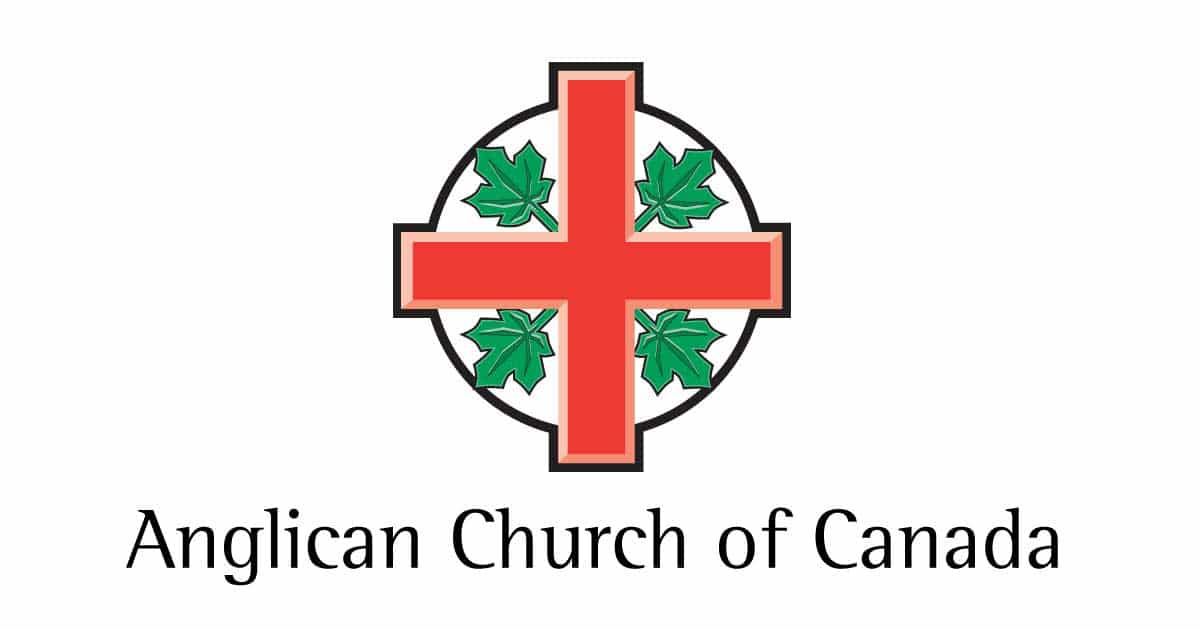The events leading to the passage, at first reading, of a motion to amend the Canon on Marriage so as to provide for the solemnization in the church of same-sex marriages are complex. On July 11, the motion was declared defeated in the order of clergy, where it appeared not to have achieved the necessary two-thirds majority in that order. The actual numbers recorded electronically were 51 in favour and 26 opposed. The motion did achieve that majority among the bishops and among the laity.
In the last hours of the General Synod, a number of issues emerged that led initially to some confusion, and then, with the support of the company providing electronic voting, to clarity that an error on our part had led to a failure to count one clergy vote.
All of this took place following two procedural motions. The first called for a recorded vote, and the second for that record to be made public before the end of General Synod. When that record was made known, a number of members of Synod noted that the electronic count from the previous day was not consistent with the print record distributed as a PDF to the members of Synod, and brought this to the attention of the head table. The chancellor and I left immediately to consult in another room during a short break, and were joined by the person supporting electronic voting, J. P. Copeland of Data-on-the-Spot.
It was at that point that Mr. Copeland, the person supporting the electronic voting, discovered that it was in fact my own vote as General Secretary that had been overlooked in the electronic count. Initially, we thought that it had been miscoded as a lay vote, rather than as a clergy vote. We have since been provided, by Mr. Copeland, the list from which the electronic voting was coded, a list prepared by my office. That list described the General Secretary as “clergy, non-voting”. Data-on-the-spot simply coded the information that my office gave them. This error took place in my office, and I take responsibility for it. We were more than well-served by Data-on-the-spot. In fact, without Mr. Copeland’s prompt attention, I am not sure that we would have discovered the nature of the error and had a chance to understand and correct it.
That error was then shared with the assessors, who provide procedural advice to chancellor. In this case the advice we sought was about the proper procedure to inform the synod of this error. They gave the immediate and unanimous advice that it was the role of the chancellor to provide this information. We returned to the head table and the chancellor informed synod of the failure to count one vote.
After a period of some consternation, the Primate in his role as president of General Synod verbally reviewed the chancellor’s new information. Based on that information, he declared that the motion had received, in all three orders, the majority required by the constitution, and that the motion had been passed.
Interested in keeping up-to-date on news, opinion, events and resources from the Anglican Church of Canada? Sign up for our email alerts .

